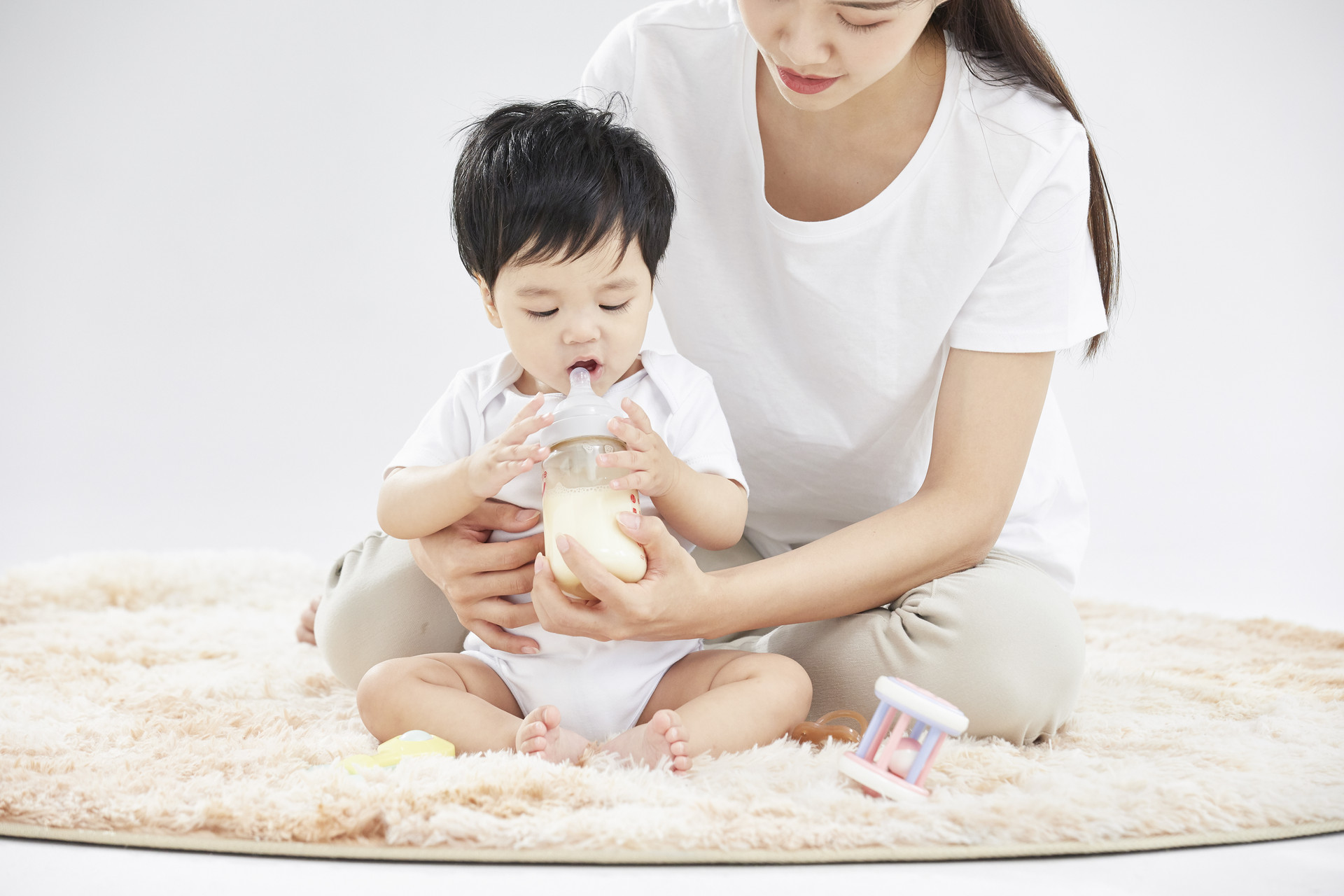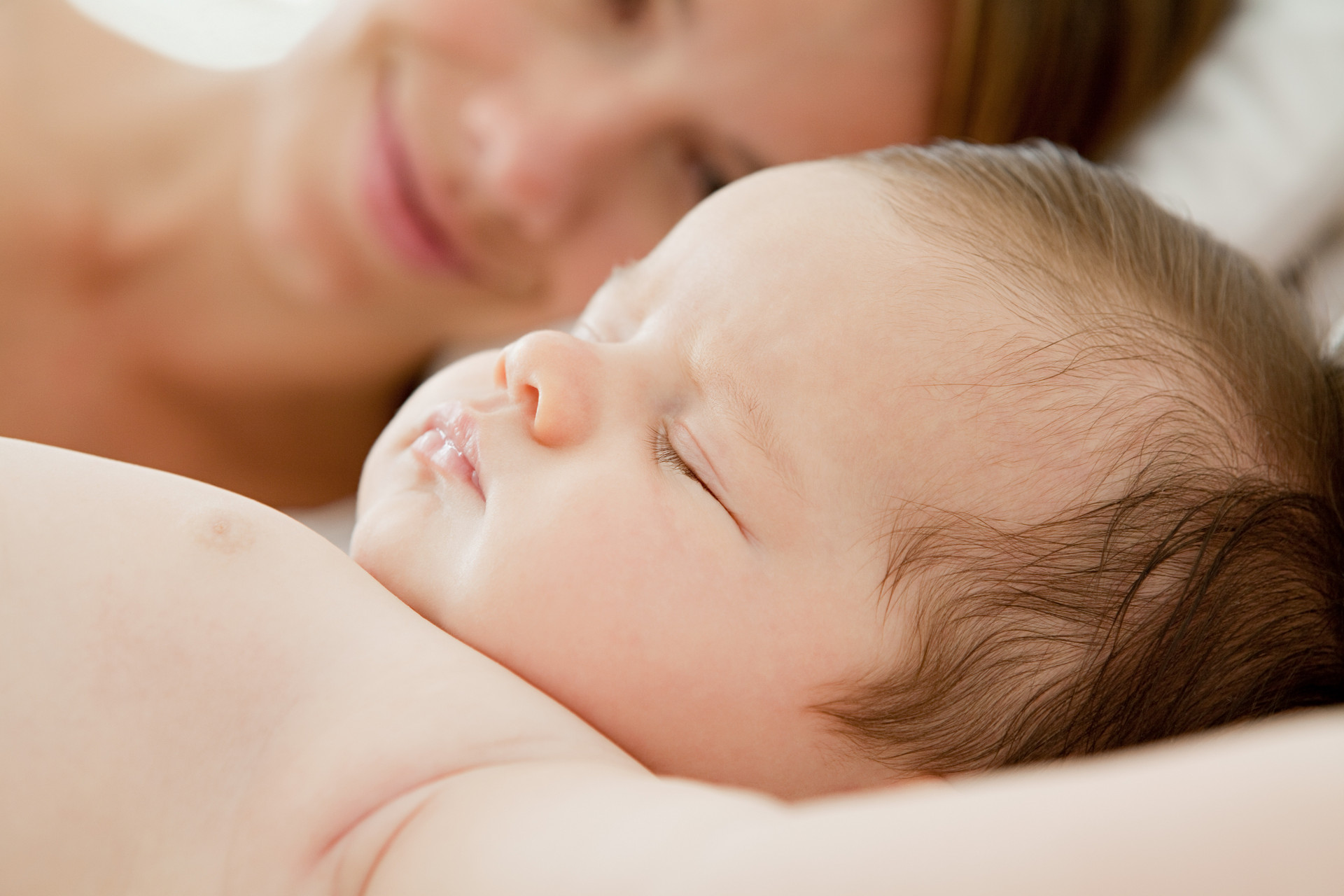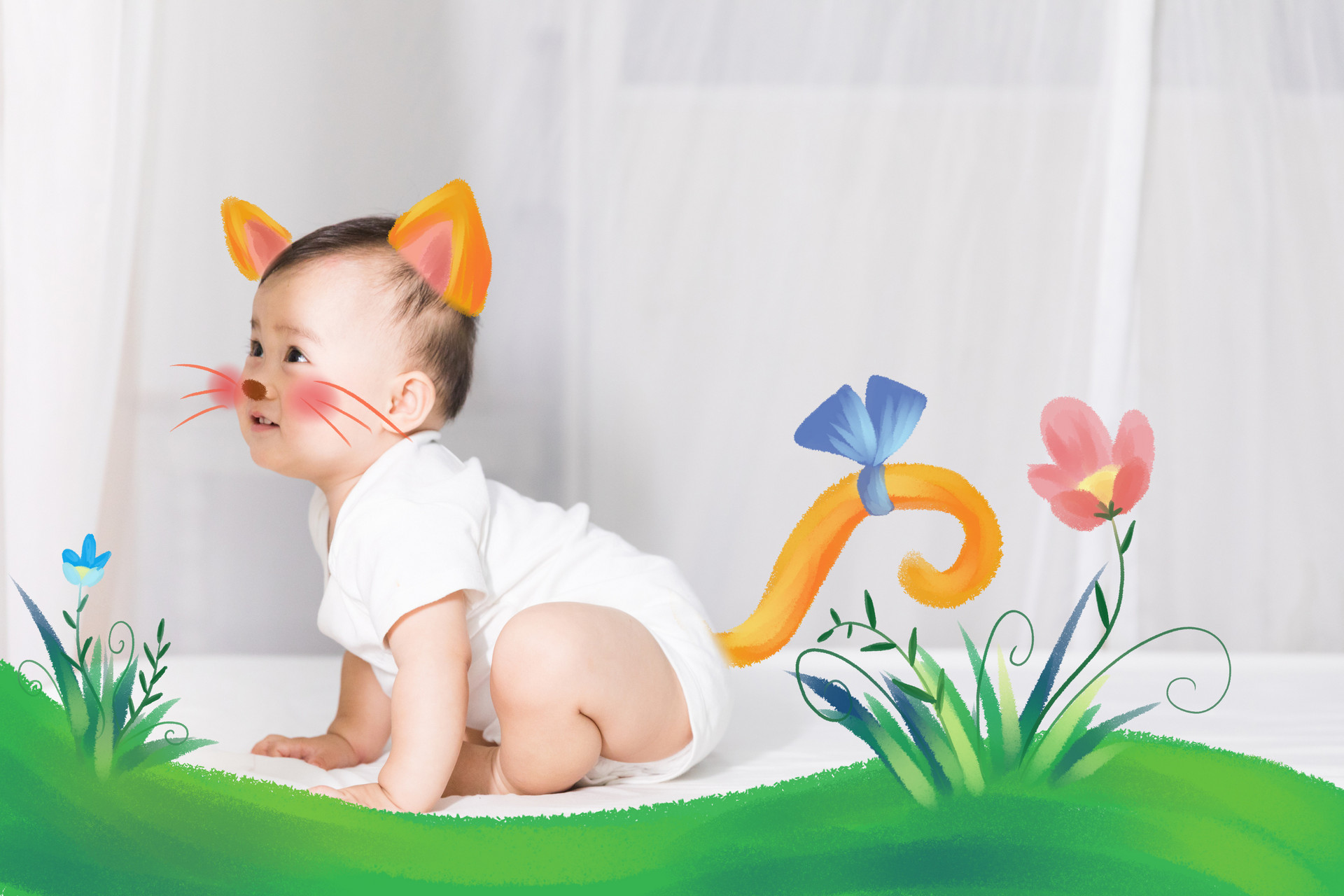Baby fever is very common, they can easily catch a cold and have a high temperature. This often worries mothers, who try to dress their babies warmly and take various measures to keep them warm. However, it is still difficult to prevent fevers. Today, I will provide you with several methods to quickly reduce fever! What are they?
What is the fastest way to reduce fever in children?
1. Keep the air flowing in your home
If you have air conditioning at home, maintain the room temperature between 25-27℃. You can place the child in an air-conditioned room or use a fan to blow air around, gradually lowering their body temperature. This will make the child feel more comfortable. However, if their limbs are cold and they have chills, it means they need warmth, so you should cover them with a blanket.
2. Drink plenty of water
This helps with sweating and prevents dehydration. Water helps regulate body temperature, bringing it down and replenishing the baby's lost fluids.
3. Remove excessive clothing
If the baby's limbs and hands are warm and they are sweating all over, it means they need to dissipate heat. In this case, you can dress them in fewer clothes.
4. Cold pillow
When the baby has a high fever, you can make a cold pillow for them to rest on. This is not only comfortable but also effective. Buy an ice pack (not a hot water bag) from the hospital. Pour the ice cubes into a basin, break them into small pieces, rinse off the sharp edges with water, and put them into the ice pack. Add 50-100 ml of water, not filling it completely, about 2/3 full. Expel any air, close the bag tightly, wrap it in cloth or a towel, and place it under the baby's head and neck as a pillow. You can replace the ice pack once it melts, and the baby's body temperature will quickly come down.
5. Cold pack application
You can buy chemical ice packs from a store, freeze them in the refrigerator, and take them out when they solidify. Wrap them in a towel and apply them on the baby's head, forehead, neck, armpits, groin, and other areas. They can be used repeatedly.
Three key points for physical cooling
1. Temperature rise stage
During the temperature rise stage, when the fever is high, the baby may feel cold. At this time, it is not advisable to wipe their body with cold water. Instead, they should drink more water, use fever patches, or apply ice to the head. For babies with cold hands and feet, keep them warm to improve peripheral circulation.
2. Sustained high temperature stage
During the sustained high fever stage, the baby may feel very hot. You can apply ice to their head, give them a lukewarm bath, drink more water to promote urination and sweating, and use antipyretic drugs orally if the temperature exceeds 38.5 degrees.
3. Fever reduction stage
During the fever reduction stage, the baby sweats, so it is important to replenish fluids and change their sweaty underwear in a timely manner. Monitoring the changes in the baby's body temperature during fever is very important.
The benefits of mild fever in children
1. Enhanced immune system
When a child has a fever, the activity of immune factors in their body increases. The immune system is most active when the body temperature is around 38.5℃. Therefore, the immune system is also enhanced.
2. Suppression of pathogens
Some infectious pathogens are more likely to survive at a temperature of around 37℃. When a child has a series of reactions due to infection, it is easier for pathogens to invade and cause diseases. In this case, a higher body temperature can suppress the pathogens to some extent.
3. Improved blood circulation
During fever, blood circulation accelerates. The immune factors in the blood can directly engulf pathogens, helping to eliminate infections in the body.
Reminder: If the baby's fever is severe, seek medical attention promptly.











